
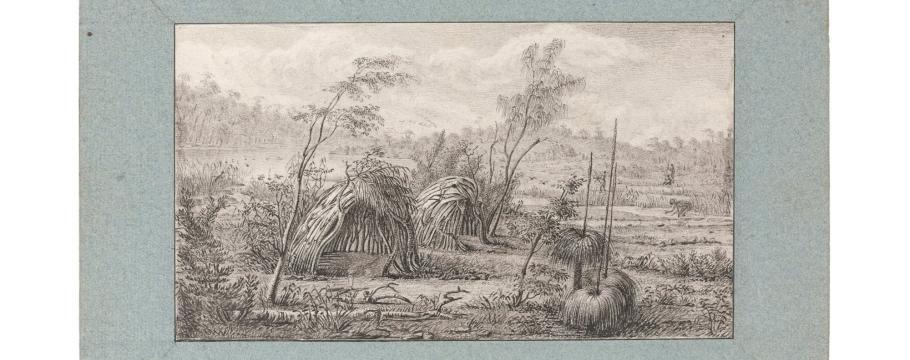
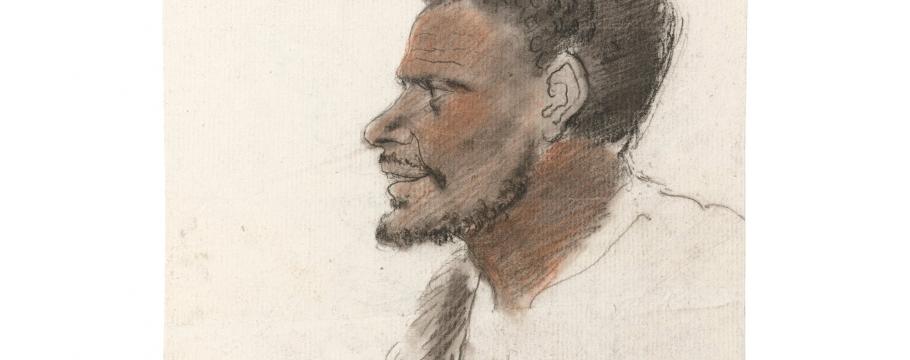
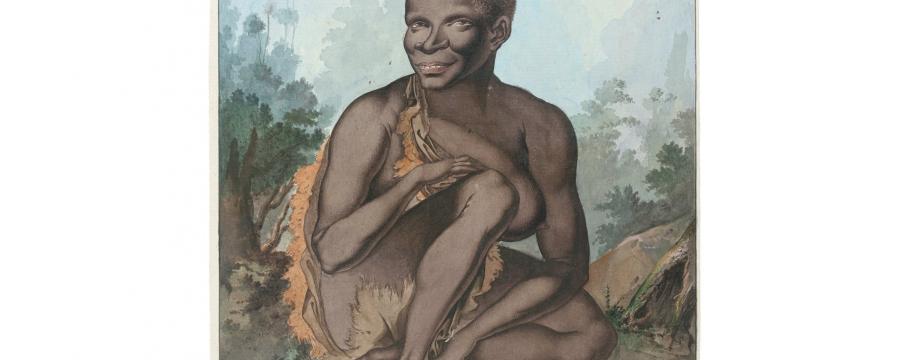
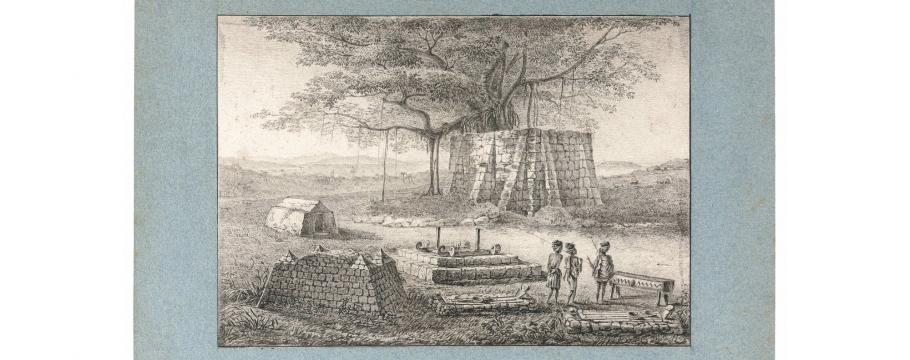
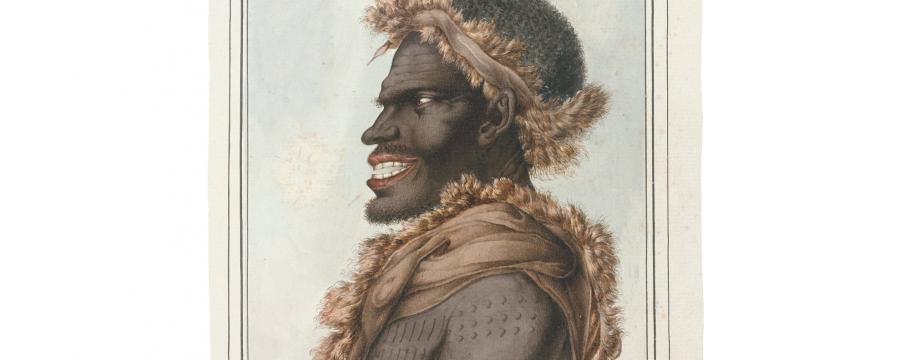
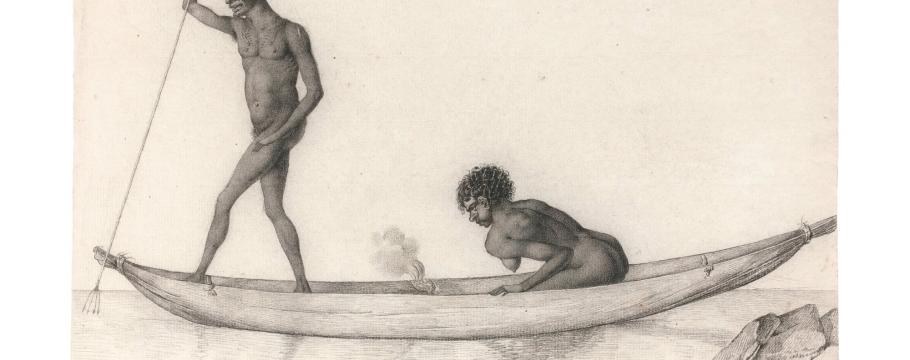
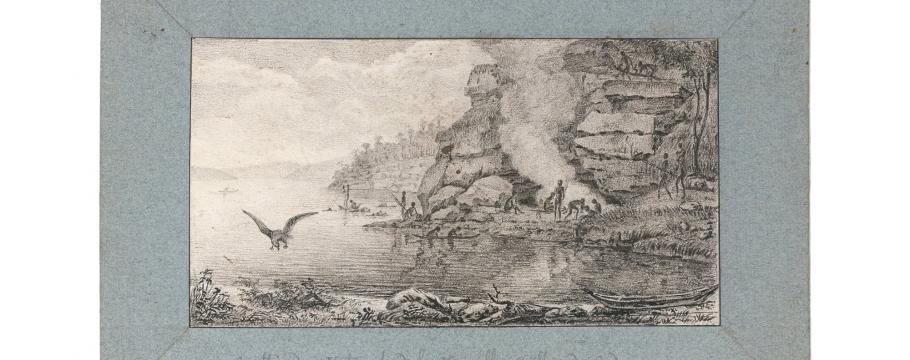
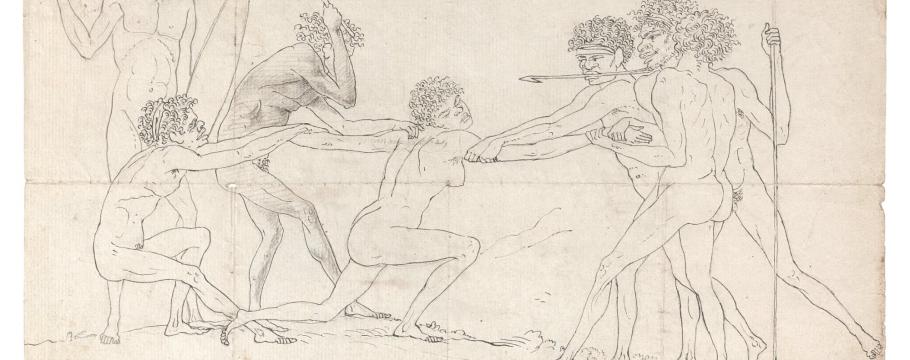

French voyage art finds strong auction following in Australia
Author: Richard Brewster | Posted: 15th November, 2018
In hindsight, it was probably a stroke of luck that two young French artists were the only ones left of the five who in 1800 left France with French explorer Nicolas Baudin on a “Voyage de decouvertes aux terres australes” (Voyage of discovery to Terra Australis).
Three of the artists jumped ship when the two vessels, Geographe and Naturaliste, reached Mauritius as Baudin faced a wholesale exodus of scientists and sailors – eventually rejigging his crews before sailing for what is now Cape Leeuwin on the Western Australian coast.
Both in their 20s at the time, the remaining two, Nicolas-Martin Petit (1777-1804) and Charles-Alexandre Lesueur (1778-1846), then took on total responsibility for the visual recording of a journey that lasted four long years and included extensive surveys of parts of Western Australia, southern Australia and Tasmania.
The resultant Baudin collection of voyage art had been in the French vendor’s family (linked to the artists) since the mid-19th century and all of the works were completely unknown and unrecorded anywhere else until their recent rediscovery and sale in Paris.
The collection comprises original portraits and views, including rare and significant depictions of pre-settlement indigenous Tasmanians.
In association with Sydney’s Horden House (rare books, manuscripts and artworks specialists), which has researched and prepared the substantial catalogue, the 13 works will be auctioned by Deutscher and Hackett from 7pm Wednesday November 28 at 105 Commercial Road, South Yarra as part of its Important Australian and International Fine Art November sale.
Horden House founding director Derek McDonnell says the collection is the most important group of early period voyage art to come onto the auction market in decades.
As a result, Deutscher and Hackett director Chris Deutscher’s estimate of $4 million to $5.5 million for the works – setting new records for drawings and watercolours produced in Australia from any period – is probably not unreasonable.
The auction collection is one of only two major caches of Petit and Lesueur works that date from the Baudin voyage and which later became part of the core group of images considered for publication in the official account.
The first is now part of the Le Havre Museum d’histoire naturelle collection – acquired in 1870 and since recognised as the centrepiece of the voyage’s visual history.
Trained by the great French portrait artist of the late 18th and early 19th century Jacques-Louis David, Petit’s artistic skill is evident in the Tasmanian portraits in gouache, transcending simple voyage art.
Tragically, Petit died within a few months of returning to Paris in 1804 when he was hit by a carriage and his resultant leg wound became gangrenous.
Likewise, experts recognise Lesueur’s (who subsequently was chiefly remembered as a scientist and natural history artist) three views – Timor, the Vasse in Western Australia and Port Jackson – as major additions to the artist’s oeuvre and rare examples of his Baudin voyage artworks.
McDonnell says the fact that the present group of works exists is testament to the care taken by a series of voyage veterans and custodians.
“(Firstly) Petit and Lesueur themselves, but also (fellow explorers) Francois Peron and Louis Freycinet who took possession over a 40-year period marked by official indifference and political turbulence,” he said in the catalogue preface.
Contemporary journals record how some of the works to be auctioned were shown to English explorer Matthew Flinders when he and Baudin met in 1802 at Encounter Bay, South Australia.
This was at a time when the Napoleonic Wars between France and England were at their most intense.
“The idea of Baudin and Flinders looking at the Tasmanian works as they rested in Encounter Bay is a striking and quite moving thought,” Mr McDonnell said.





